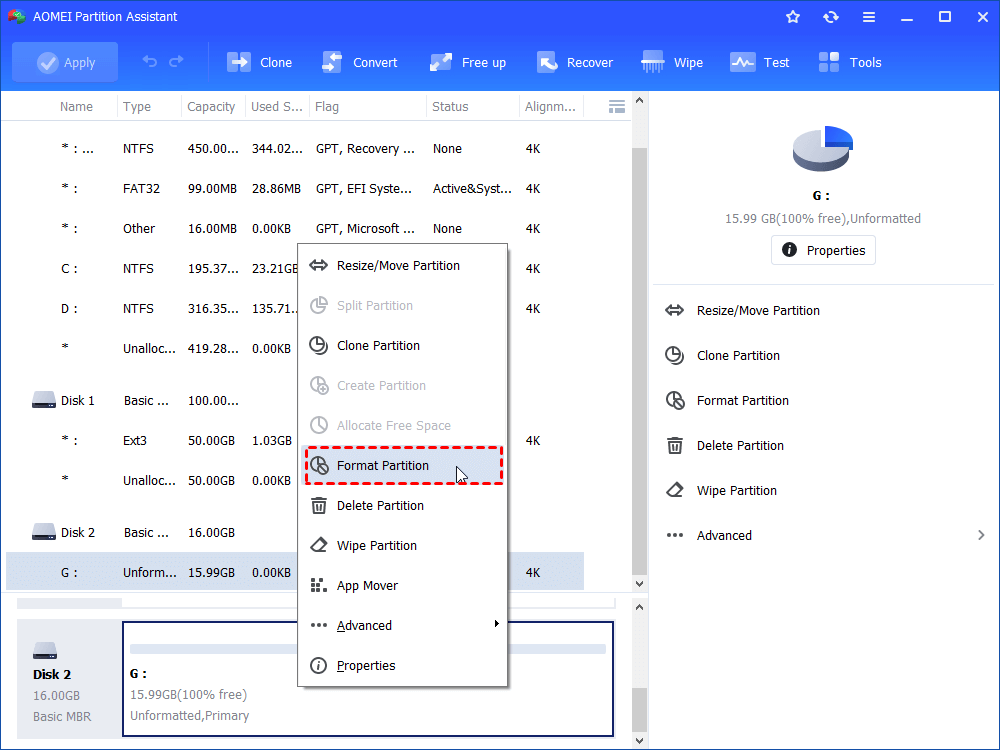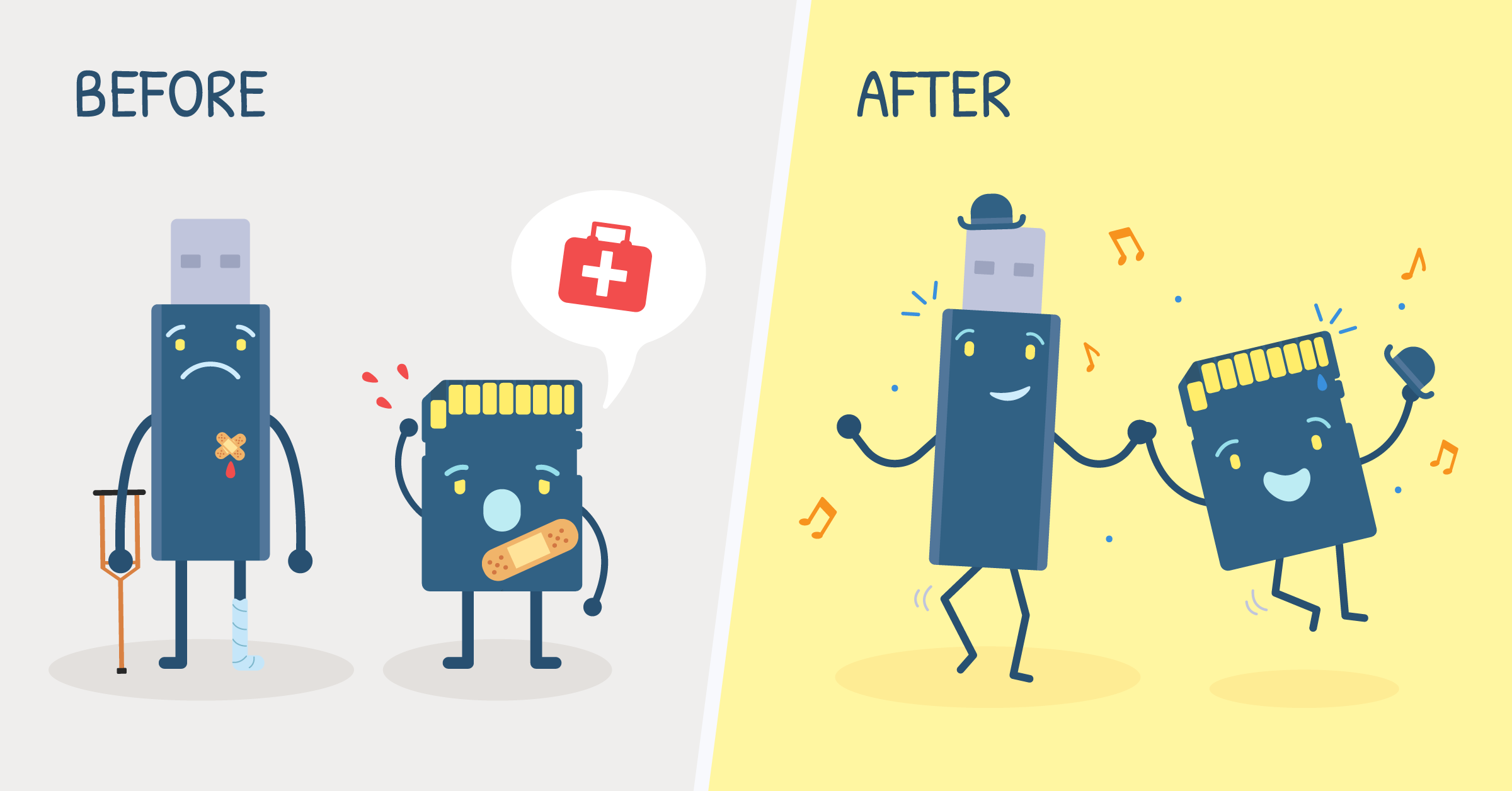

- #USB DRIVE FORMAT FIX PRO#
- #USB DRIVE FORMAT FIX SOFTWARE#
- #USB DRIVE FORMAT FIX PASSWORD#
- #USB DRIVE FORMAT FIX PC#
- #USB DRIVE FORMAT FIX DOWNLOAD#
The wrong input could seriously affect your system performance or render it unresponsive. Going into the Registry is not recommended if you’re not an experienced user. Use the Windows Registry to Disable USB Write Protect

#USB DRIVE FORMAT FIX PC#
Restart your PC and try writing on the USB stick again after the system has rebooted.Finally, wait for the write protection removal to finish, type “Exit”, then hit “enter” to close the command prompt window.Type “Attributes disk clear readonly” and press “enter.” Yes, “attributes” has an “s” and “readonly” is one word.For example, if your USB was Disk 1, type “ select disk 1” without quotes, then hit “enter.”


After you’ve confirmed the space limit, plug the USB stick into the computer port.
#USB DRIVE FORMAT FIX PASSWORD#
#USB DRIVE FORMAT FIX DOWNLOAD#
Other versions of Windows like Home editions require a separate download to decrypt the data when it comes to USB encryption.
#USB DRIVE FORMAT FIX SOFTWARE#
The software primarily gets used for internal drives, but it can also encrypt USB sticks/drives.
#USB DRIVE FORMAT FIX PRO#
Since Windows 7, BitLocker got integrated into Windows 7/Vista Enterprise and Ultimate, and Windows 8 and above Pro and Ultimate editions to protect your data with encryption. Turn Bitlocker Off to Disable USB Write Protection There are several ways to remove write protection from a USB stick if you have a Windows PC. Remove USB Write Protection using Windows If there’s no switch (most common), or you still can’t write to the USB, you’ll need to employ other methods. If that works, your problem is solved, and all you need to do is ensure the switch doesn’t accidentally get moved in the wrong position again. Take the USB stick you’ve tried to write to and look for that switch, usually located on the side, and it might also be labeled as “Lock” or “Write Protection.” Switch it to the other position, reinsert it, and then transfer data to the memory stick again. Some data storage units have a physical switch for toggling write protection on or off. Check for a Write Protection Switch Firstīefore we go into details about write protection removal in different operating systems, there’s one thing to check first. They expect you to copy the data to another drive and replace it. According to SanDisk, if the USB drive experiences a power fluctuation or other potentially damaging error, it shuts off write access, and there is no way to get it back. Note: Some SanDisk USB sticks (flash drives) and possibly other brands have an internal protection mechanism. There’s even a solution if you’re working on a Chromebook. Luckily, there are quick and easy methods to solve the write protection issue, whether you’re on a Windows PC or a Mac. Failed write attempts can be quite an inconvenience on a USB stick.


 0 kommentar(er)
0 kommentar(er)
